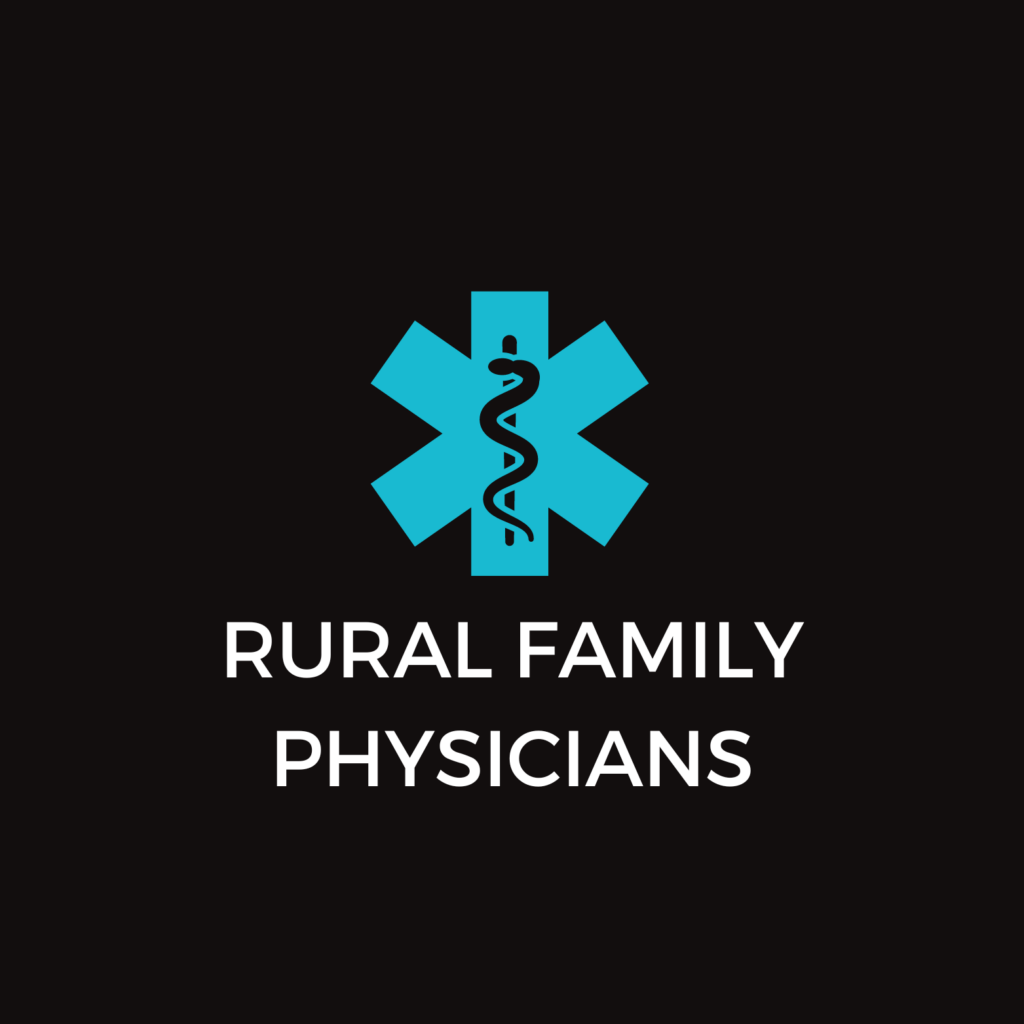As our nation’s athletes are coming together over the next two weeks during the Olympics, their journeys are not without hard work and obstacles. Yet, the difficult journey is what has made them who they are and equipped them with the skills needed to succeed. Rural healthcare is similar and it’s time for our athletes to shine by putting the needs of rural residents in the spotlight. The journey to the next payment and delivery system will be filled with hard work and perseverance that will pay off in increased access to high quality healthcare for rural Colorado.
We are innovators and risk takers and now is our time to shine. The designation of the Medicare Certified Rural Health Clinic was put into law in 1977 by the U.S. Congress. It was created to support and encourage access to primary healthcare services for rural residents. Congress saw that the rural population’s demographics were changing in age and socioeconomic level. Today this still holds true; nearly 12 percent of Coloradans are 65 years or older. On average, 17 percent in rural Colorado counties are 65 years or older, compared to less and 12 percent in urban counties. Further, 40 percent of the population over 80 resides in a rural or frontier counties. By 2018, the over 65 population will grow by 19 percent, leaving these communities with unique access needs. Rural Health Clinics (RHCs) are poised to meet this need.
Congress believed that physicians retiring were not being replaced by younger doctors at an equitable rate. Nurse practitioners and physician assistants are important new providers who can help deliver more services to patients, especially in rural areas, and can help fill the provider gap. Since 1977, RHCs have been changing and adjusting their staffing structures to meet the needs of their population and continue to do so. Innovation, as our RHCs know, has to hurdle many obstacles to receive the benefits of a healthy community. For example, the rural and frontier retention rate of primary care providers in Colorado is only 39.7 percent over five years. Yet, one physician contributes nearly $889,000 to their community through economic impact factors, with such activities as new nursing jobs. The Colorado Health Institute released their primary care workforce report, and rural is specifically highlighted through this Denver Post follow-up article.
Congress also believed that the provision of healthcare to the rural poor, minority and elderly people was more costly than to those populations in urban areas. While this may have been true back in 1977, we have made huge strides in the area of cost. According to data from iVantage, our rural communities cost per Medicare beneficiary is $7,365, compared to $7,552 in urban. It costs $187 less per person per year, to treat a Medicare beneficiary in rural Colorado. With 98,177 people over the age of 65 living in rural Colorado, that equates to a savings of nearly $18.4 million annually.
In Colorado we have 52 Medicare Certified Rural Health Clinics. (See our updated map here.) Not only are our RHCs allowing access in parts of our state that would not otherwise have sustainable healthcare, but they are engaging in the national trends such as care coordination, electronic medical records, patient centered medical home and quality improvement. RHCs are working toward these efforts without supplementary funding and lower payment rates. Both federal and local funding would help strengthen the RHC infrastructure and allow for continued innovation.
Rural healthcare was built on the premise of providing access to our communities – the communities where residents know each other by name and everyone cares for their neighbor. The “County Doctor” in Life Magazine’s 1948 photo essay chronicled the day-to-day challenges and joys experienced by a rural physician named Dr. Ernest Ceriani, from Kremmling, Colorado. RHCs and their providers are still caring for folks from birth to death and everything in between. What is also shown through this essay is the beauty that exists in our rural communities not only in scenery, but in the quality and context of life. Remembering the beauty in our rural communities must remain a reminder of why we’re competing to meet the needs of such an important and diverse group of Coloradans. You can view the entire photo essay here.




